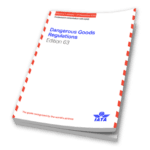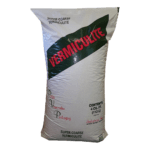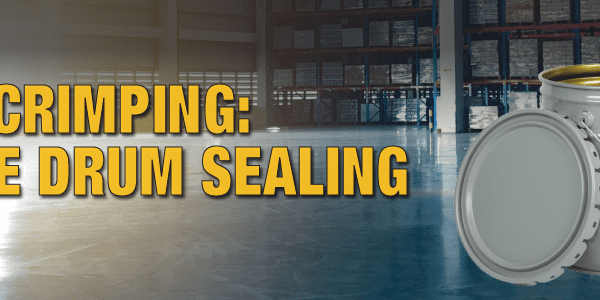Depending on the regulation, there are very specific requirements on what type of outer and inner packaging you must use when shipping dangerous goods by ground, sea, and air. Often, the various regulations will call for combination packaging consisting of 4G fiberboard boxes and the use of inner containers such as glass, metal, or plastic. There may be additional requirements that you are unaware of when shipping certain types of liquids by air, such as absorbent material. While this is not always a requirement, there are certain circumstances when absorbents must be used. Below are different types of scenarios where absorbents would be required when shipping liquids by air.
49 CFR
In section 173.27(e) of the 49 CFR, it specifically mentions when shipping PG I liquids by air for specific hazard classes, absorbent material is required per below:
173.27
(e) Absorbent materials. Except as otherwise provided in this subchapter, Packing Group I liquid hazardous materials of Classes 3, 4, or 8, or Divisions 5.1 or 6.1 that are packaged in combination packagings and offered for air transport in glass, earthenware, plastic, or metal inner packagings must be packed using absorbent material as follows:
- Inner packagings must be packed in a rigid and leakproof receptacle or intermediate packaging containing sufficient absorbent material to absorb the entire contents of the inner packaging before packing the inner packaging in its outer package.
- Absorbent material must not react dangerously with the liquid (see §§ 173.24 and 173.24a.).
For the most part, this means, when shipping PG I liquids in the hazard classes mentioned above by air, you must include absorbents when using UN combination packaging. As a general rule of thumb, the absorbents used should be able to absorb the amount of liquid you are shipping in your inner containers.
IATA
As a side note, when shipping by air internationally, TDG defers to the international regulations per part 12, which would be ICAO. Regarding shipping internationally by air, to find out if absorbents are required, you must utilize The IATA Packing Instructions. Depending on what UN number of your product is, when you visit the 4.2 list of dangerous goods in IATA and look under the appropriate packaging instructions, you will find the requirements for packaging. For example, UN 1993 Flammable Liquid, n.o.s PGI sends us to Packing instruction 351. There you will find under additional packaging requirements the following: “inner packagings must be packed with sufficient absorbent material to absorb the entire contents of the inner packagings and placed in a rigid leakproof receptacle before packing in outer packagings.” You will find this will be the case with quite a bit of PG I liquids in the different packing instructions in IATA. In addition to this, a secondary means of closure or a leak-proof liner is also a requirement 5.0.2.7.2 when shipping liquids.
Excepted Quantities
IATA 2.6.5.1 (b) says when shipping Excepted Quantities that are liquids, the intermediate and outer packaging must contain sufficient absorbent material to absorb the entire contents in the inner packaging. Similarly the 49CFR 173.4A (3) states: For liquid hazardous materials, the intermediate or outer packaging must contain sufficient absorbent material that will absorb the entire contents of the inner packaging and will not react dangerously with the material or reduce the integrity or function of the packaging materials. See more about shipping in Excepted Quantities in my previous blog.
If The Closing Instructions Require It, You Must Use It.
When you purchase any UN packaging, it should come with a set of closing instructions that tells you exactly how to prepare the package as well as what inner components are required; this could also include absorbents. No matter what mode of transport it is, if the closing instructions list a particular type of absorbent that must be used, that is a requirement whether you are shipping liquids or solids. For example, if the UN package was tested with vermiculite, let’s say, then vermiculite must be used when shipping that package by all modes of transport, including air. Here at ICC, we offer a wide variety of absorbent and combination packaging that contain absorbents that can be used when shipping liquids by air and all other modes of transport. Contact us for more information.
Stay up to date and sign up for our newsletter!
We have all the products, services and training you need to ensure your staff is properly trained and informed.
 Excepted Quantity Label, 4″ x 4″, Gloss Paper, 500/Roll |
 IATA Publications |
 Vermiculate, Grade A4 – 4 cu ft |







 ICC USA
ICC USA ICC Canada
ICC Canada